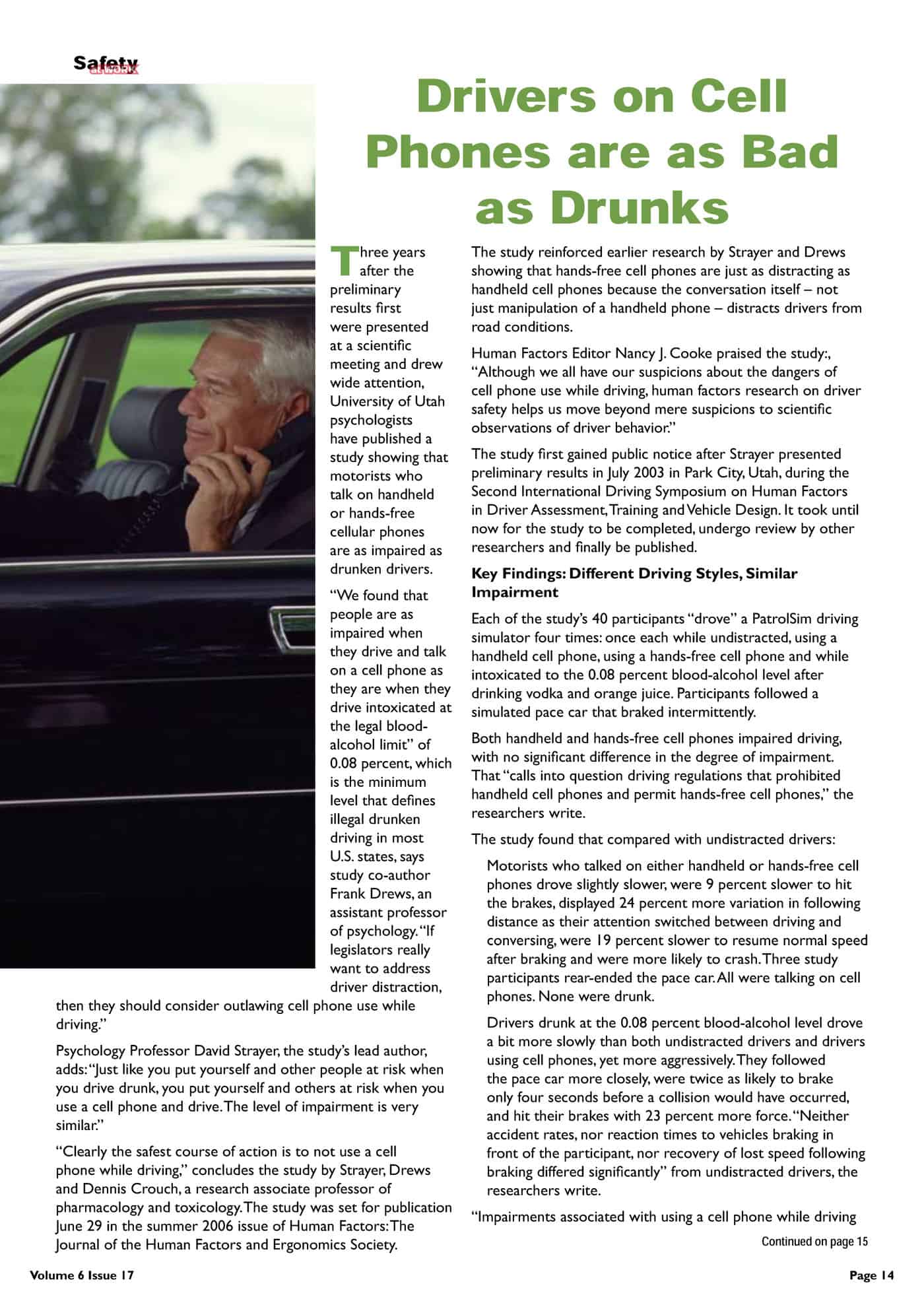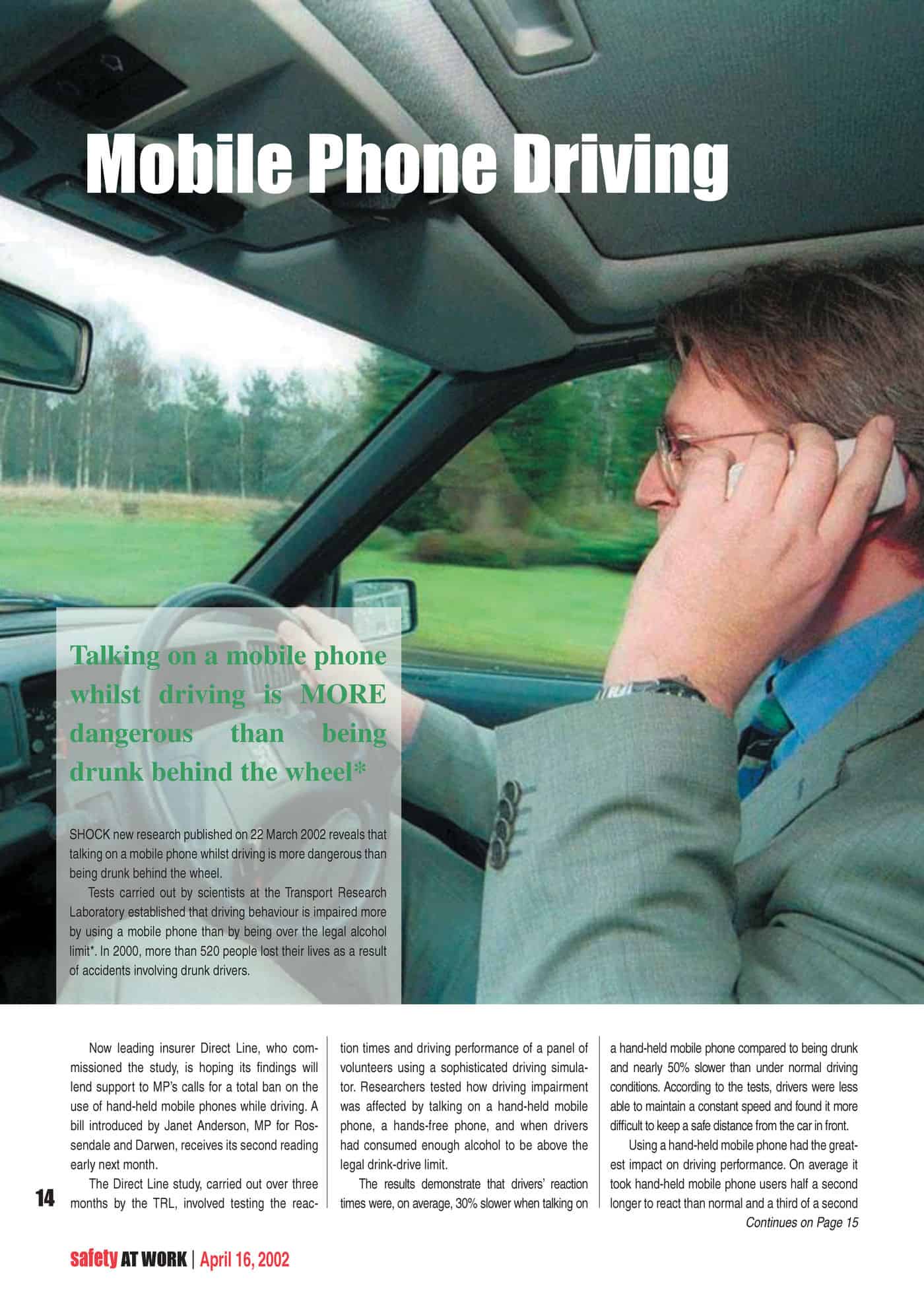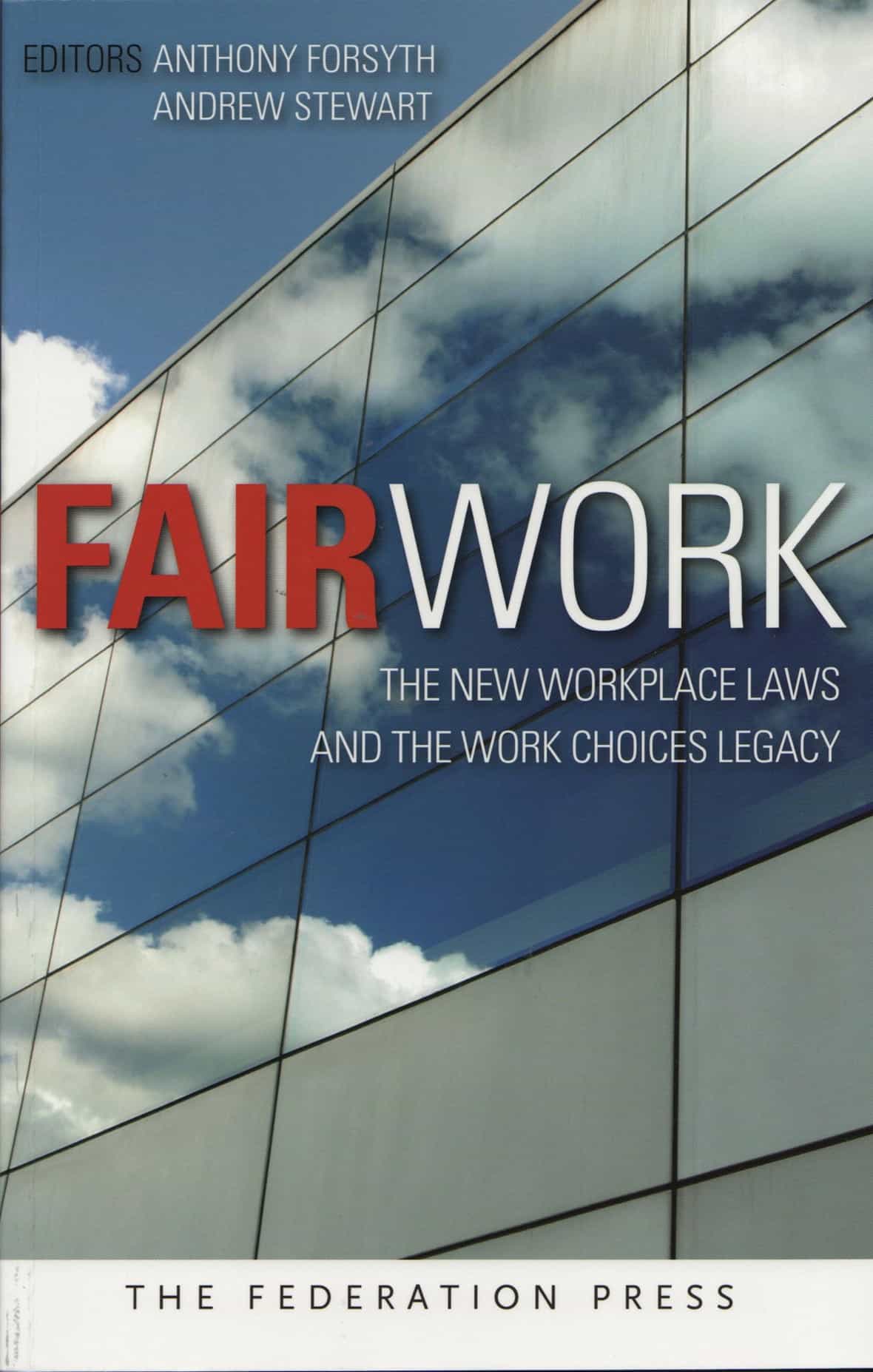The Australia safety industry is being pushed by OHS regulators to improve its professionalism. Upgrading of qualifications in any discipline always generates conflict between the educated and the competent. OHS is no different.
In The Age newspaper on 20 July 2009 was an interesting article that provides a brief overview of postgraduate studies. The article makes no mention of workplace safety courses but provides an interesting illustration of the dichotomy above.
The full article deserves reading as it illustrates cost and time issues but there were several points made that seem pertinent to recent moves in the OHS profession.
The president of the Council of Australian Postgraduate Associations, Nigel Palmer, is quoted as saying
“It’s clear that we’ve seen a dramatic increase in fees. Whether or not there has been a corresponding increase in the quality of those courses remains an open question”.
Most postgraduates undertake their studies while employed. This makes it much easier to manage time, if the company provides study leave options, and it provides a ready source of material for business studies, in particular. Some companies also assist with the payment of fees. This is not the case for those who are seeking employment or who are self-employed. The costs in money and time almost makes postgraduate study an impossibility.
The postgraduate courses themselves are often hard to define. Professor Richard James of the University of Melbourne’s Centre for the Study of Higher Education admits that most institutions would have difficulty defining a master’s degree.
Holly Alexander chose to study outside the universities after completing a Bachelor of Arts degree. She found the practicality of her course immensely useful and the article identifies a crucial differentiation between academics and practitioners.
“Of critical importance to her was the fact her teachers practised their craft and provided invaluable industry contacts.”
The OHS profession in Australia is developing a “core body of knowledge” which seems to be vital to the profession but noone has explained why, even though hundreds of thousands of dollars are being spent on the task. And still there remains those experienced OHS professionals and practitioners who wonder why after twenty years of successful consulting and advice they need to benchmark themselves to “prove” their professionalism.
Outside the core body of knowledge, Holly Alexander’s point above is very important. The academics and educators in any profession need to have an industry network that functions in the real world and their professional skills must be able to be applied practically, otherwise the qualification is meaningless.

 No US State has banned the practice because social use of mobile phones has become so widespread that any ban is impossible to enforce effectively.
No US State has banned the practice because social use of mobile phones has become so widespread that any ban is impossible to enforce effectively. The industrialised world, in particular, has been wrestling with the hazard of phones and driving for well over a decade. One
The industrialised world, in particular, has been wrestling with the hazard of phones and driving for well over a decade. One  According to a 2004 report by the US National Highway Traffic Safety Administration reported by UPI (unable to find a link)
According to a 2004 report by the US National Highway Traffic Safety Administration reported by UPI (unable to find a link)
